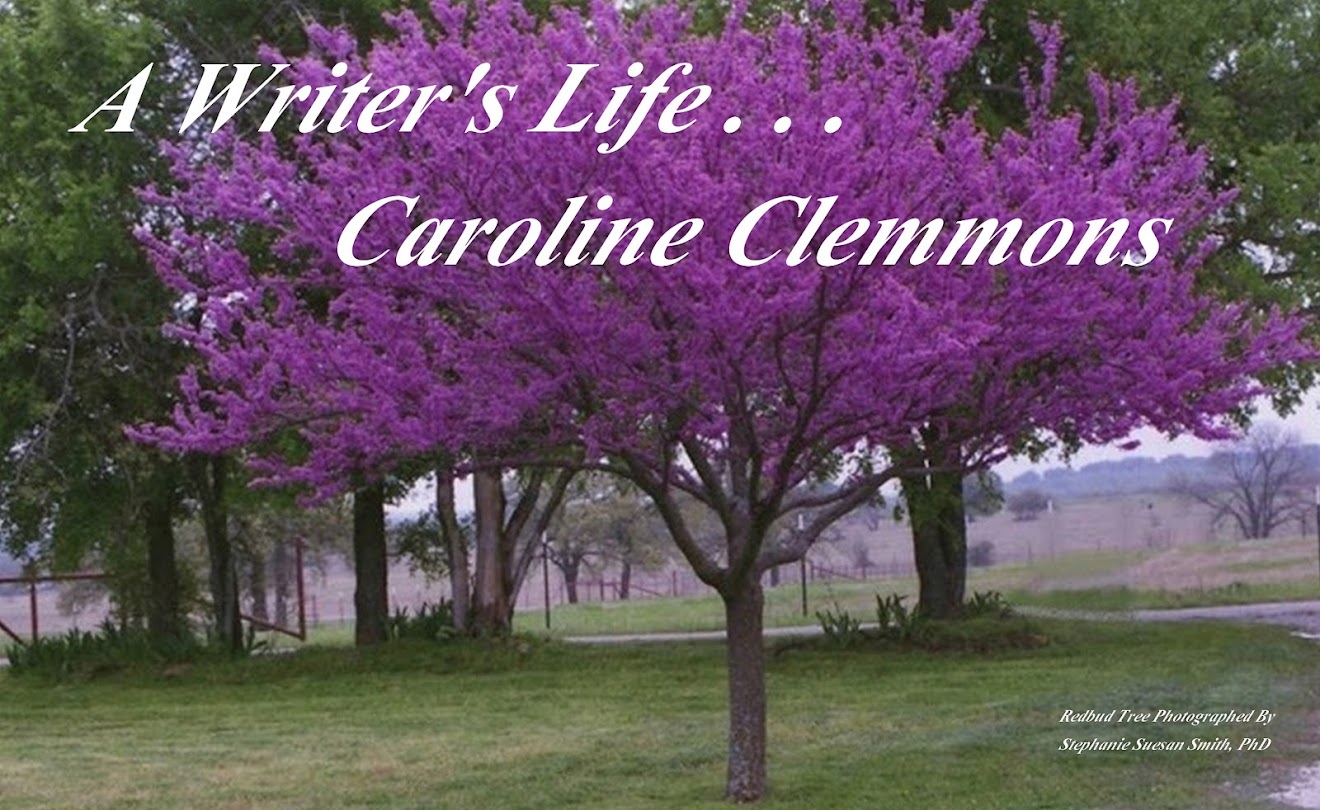I’m Protestant, but I love the first three celebrations because they are about respect for those who’ve gone before us. How could anyone who loves history and family history as much as I do fail to feel that way? Different Christian traditions define, remember, and respond to the departed in different ways. All Souls' Day is celebrated the first Sunday in November in the church to which I belong. In the morning church service, a candle is lighted for each person of the congregation who has died during the past year as that person’s name is read aloud. Following immediately, a minister offers a prayer of remembrance.
 |
| All Saints |
_-_The_Day_of_the_Dead_(1859).jpg) |
| "Day of the Dead" by William Bougereau |
 |
| Catrinas |
Scholars trace the origins of the modern holiday to indigenous observances dating back thousands of years and to an Aztec festival dedicated to a goddess called Mictecacihuatl. In Brazil, Dia de Finados is a public holiday that many Brazilians celebrate by visiting cemeteries and churches. In Spain, there are festivals and parades, and, at the end of the day, people gather at cemeteries and pray for their dead loved ones. Similar observances occur elsewhere in Europe, and similarly themed celebrations appear in many Asian and African cultures.
 |
| End Of The Harvest |
 |
| Witch at Samhain |




No comments:
Post a Comment